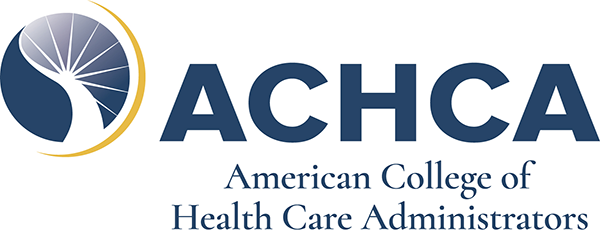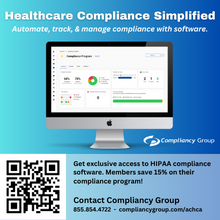Unlocking the Nursing Component Under the Patient-Driven Payment Model
 Skilled nursing facilities (SNF) began operating under the Patient-Driven Payment Model (PDPM) on October 1, 2019. Many current SNF employees have only been exposed to the Resource Utilization Group (RUG) model that was retired on September 30, 2019. The RUG model included therapy groups that ultimately trumped almost anything clinical being treated in the SNF. This may have resulted in minimum data set (MDS) assessments under the RUG model that didn’t include all diagnosis, condition, and treatment information simply because it didn’t affect reimbursement.
Skilled nursing facilities (SNF) began operating under the Patient-Driven Payment Model (PDPM) on October 1, 2019. Many current SNF employees have only been exposed to the Resource Utilization Group (RUG) model that was retired on September 30, 2019. The RUG model included therapy groups that ultimately trumped almost anything clinical being treated in the SNF. This may have resulted in minimum data set (MDS) assessments under the RUG model that didn’t include all diagnosis, condition, and treatment information simply because it didn’t affect reimbursement.
The MDS assessment was originally created to assist SNFs with developing a comprehensive care plan for residents admitted to a SNF. In the 1990s, the MDS also became a payment tool under the RUG payment model. Consistent focus under the RUG model was on accuracy of therapy days and minutes captured on each MDS assessment. The number of days and minutes of physical and occupational therapy and speech-language pathology services was ultimately the deciding factor regarding RUG group and daily payment amount.
The PDPM is based on patient characteristics and how specific conditions, diagnoses and treatments may affect each patient’s rehabilitation. Under the PDPM, providers receive payments from six components for each Medicare Part A patient. Five of those components are calculated based on information captured onto an MDS assessment, including resident diagnosis, condition and treatment information. The sixth component is a noncase mix component that’s determined by the SNF’s geographical location. An MDS assessment’s accuracy is critical to appropriate Medicare Part A reimbursement for skilled patients.
The nursing component comprises 25 different case mix groups that correspond to a case mix index. The case mix index is the multiplier for the nursing component base rate with some additional adjustment for wage index, value-based purchasing and quality reporting programs. The nursing component is determined based on diagnoses, treatments, medication, clinical manifestations, behaviors, restorative nursing, depressive symptoms and function score. The challenge for MDS personnel may begin with obtaining the information from referral sources and allowing adequate time for research, clarifications and facility-to-physician communication. The MDS must be completed according to instructions in the Resident Assessment Instrument manual, which was recently updated for the PDPM.
The nursing case mix groups are extensive services, special care high, special care low, clinically complex, behavior symptoms and cognitive performance and reduced physical function. Every Medicare Part A patient will be calculated into the highest category they qualify for once the MDS is completed. Most clinical software programs are designed to alert the assessor to areas of the MDS that may affect payment. It’s common for the information to be entered into the software after the assessment’s target date. If personnel have missed diagnoses, conditions and services that are currently affecting individual residents on the MDS, this may prevent development of a comprehensive care plan. MDS assessments that don’t include all relevant clinical information will likely result in less reimbursement than indicated for each skilled resident admitted for skilled care.
BKD’s nursing component tool includes items that affect the nursing component in the PDPM. The tool includes qualifying criteria, services, function score, depressive severity, restorative nursing services, case mix groups, case mix indexes and corresponding Health Insurance Prospective Payment System code. We hope this tool will assist you moving forward with capturing all diagnoses, conditions, services and information that affect the PDPM’s nursing component.



